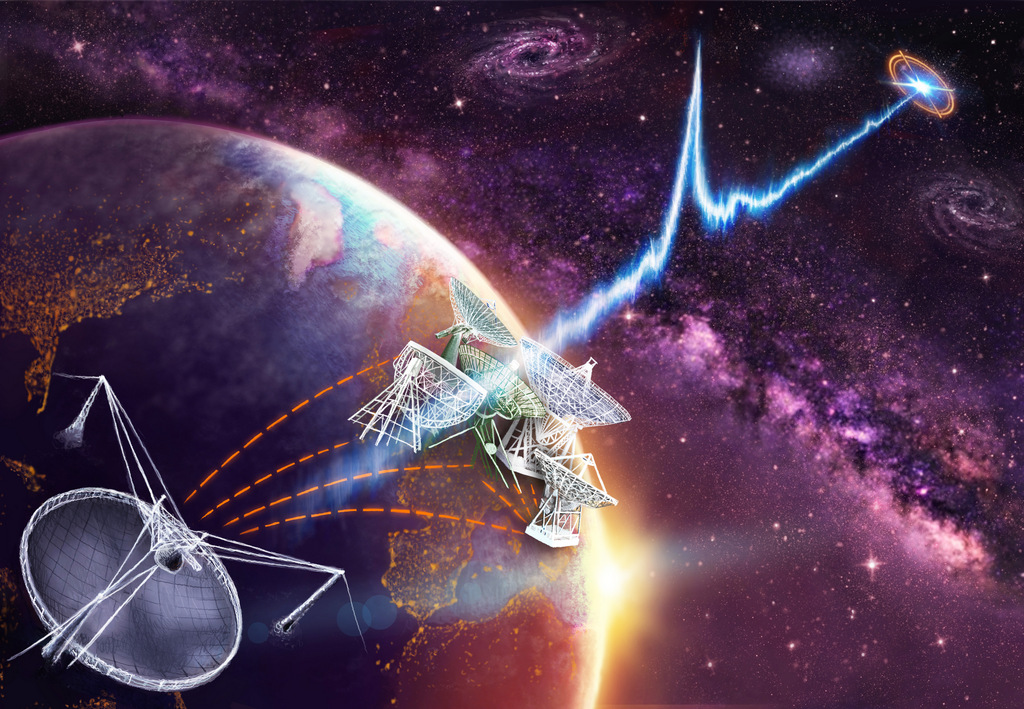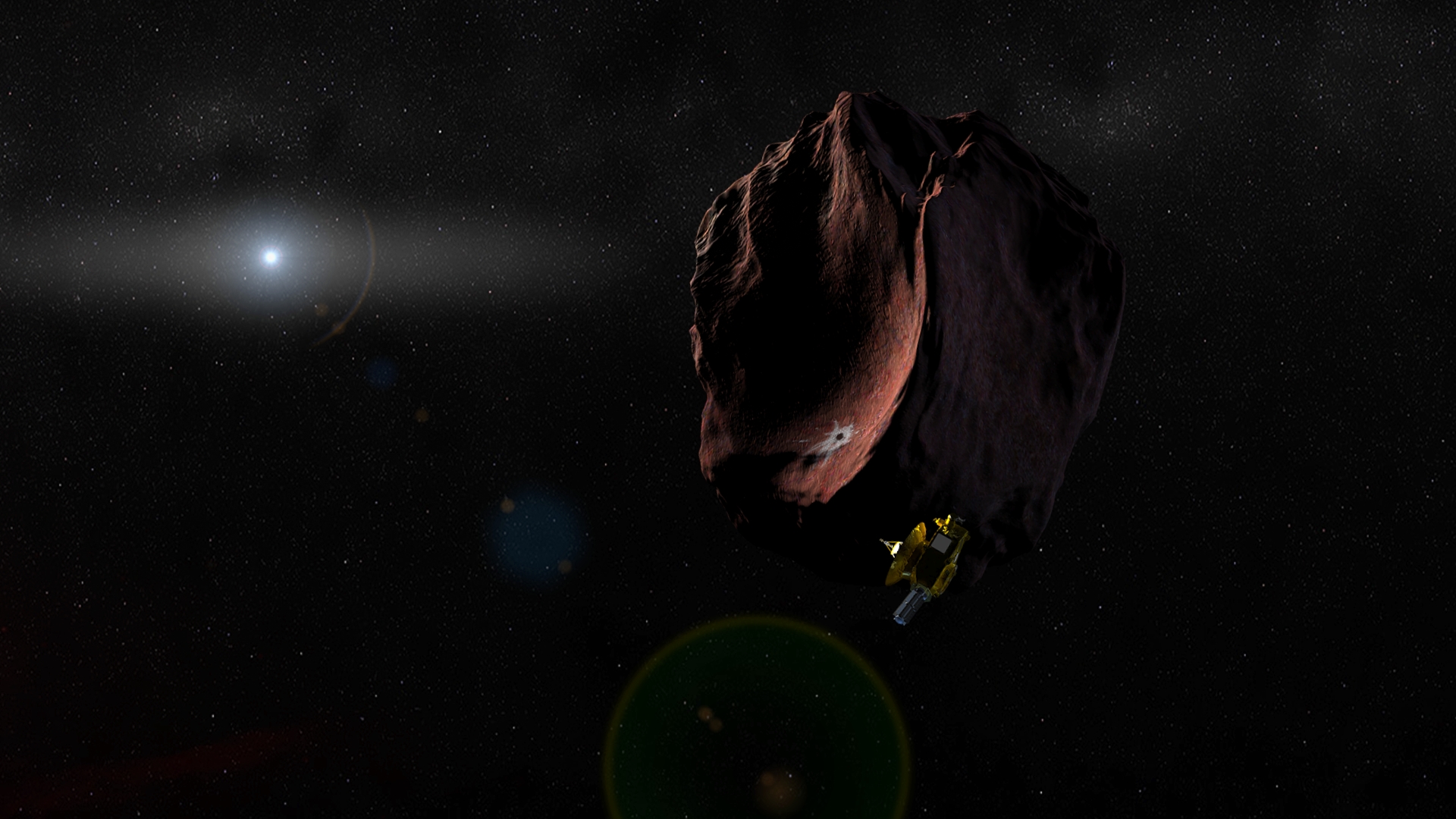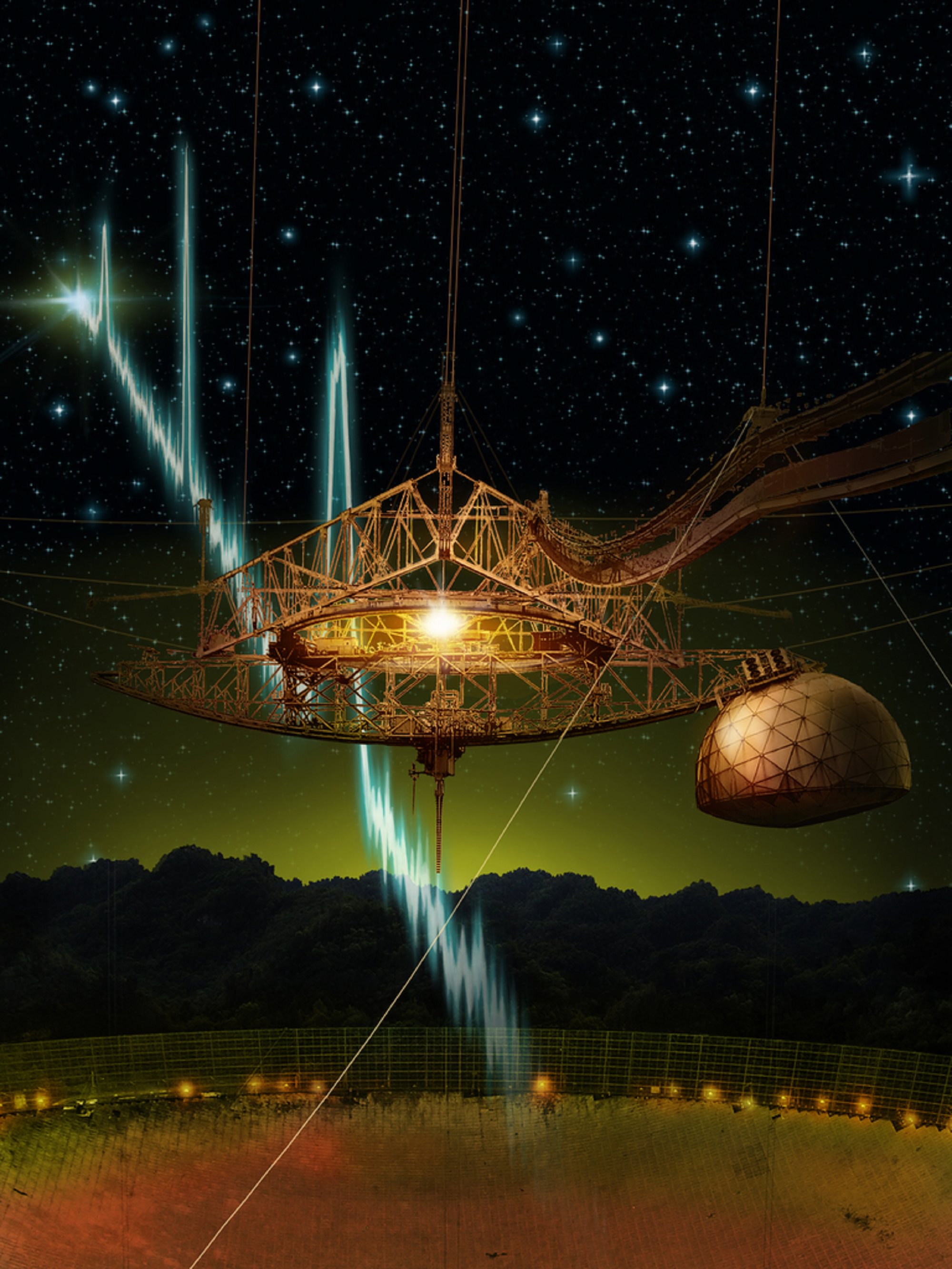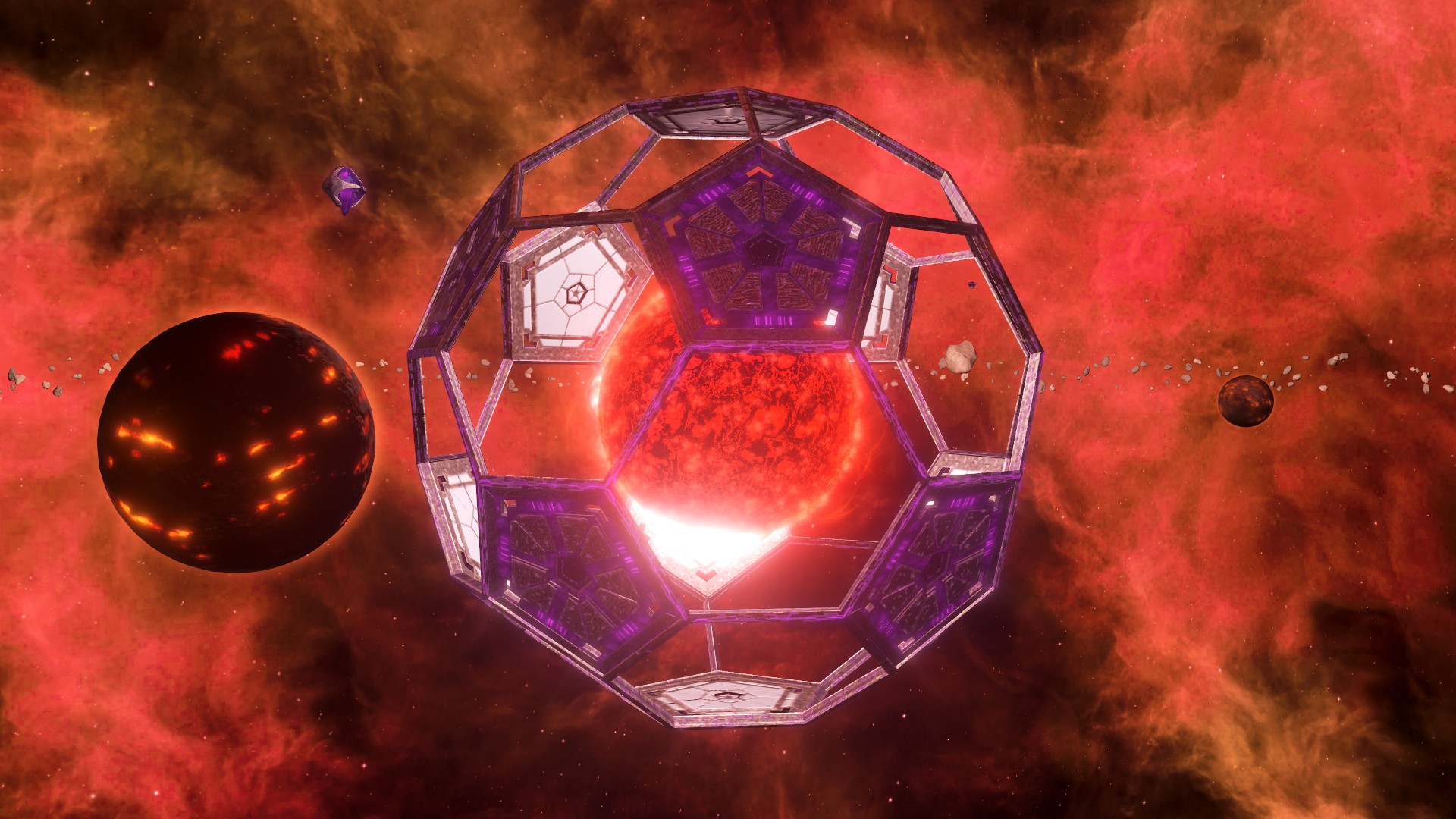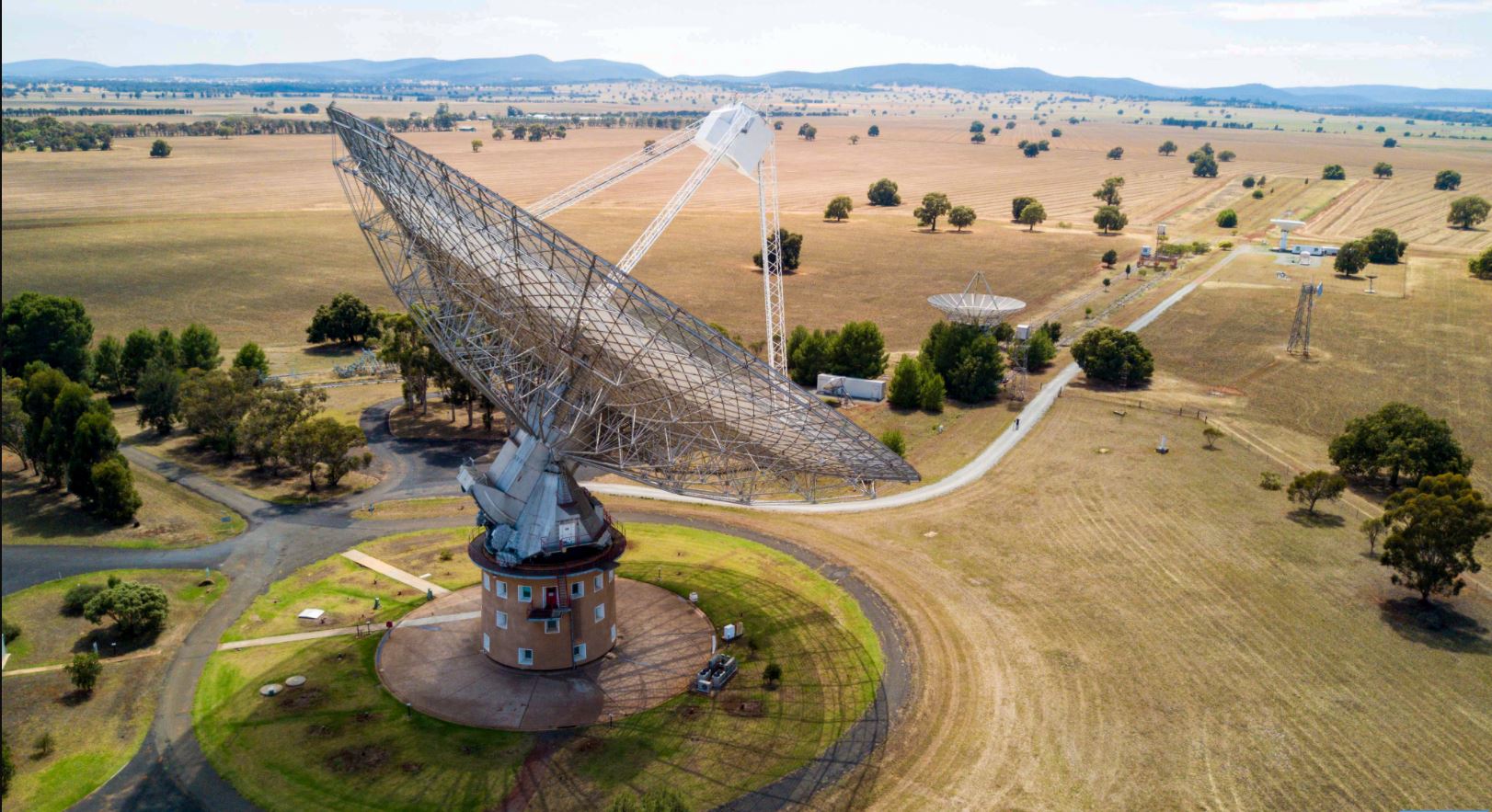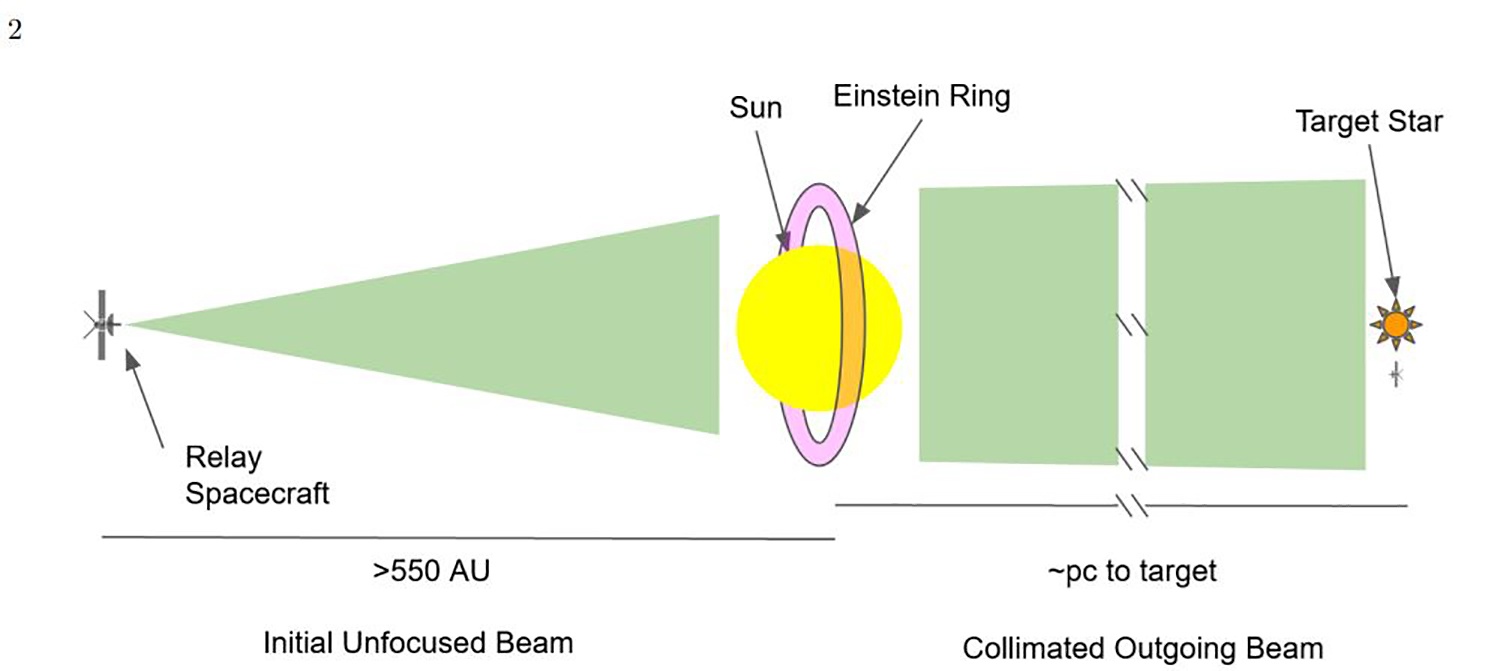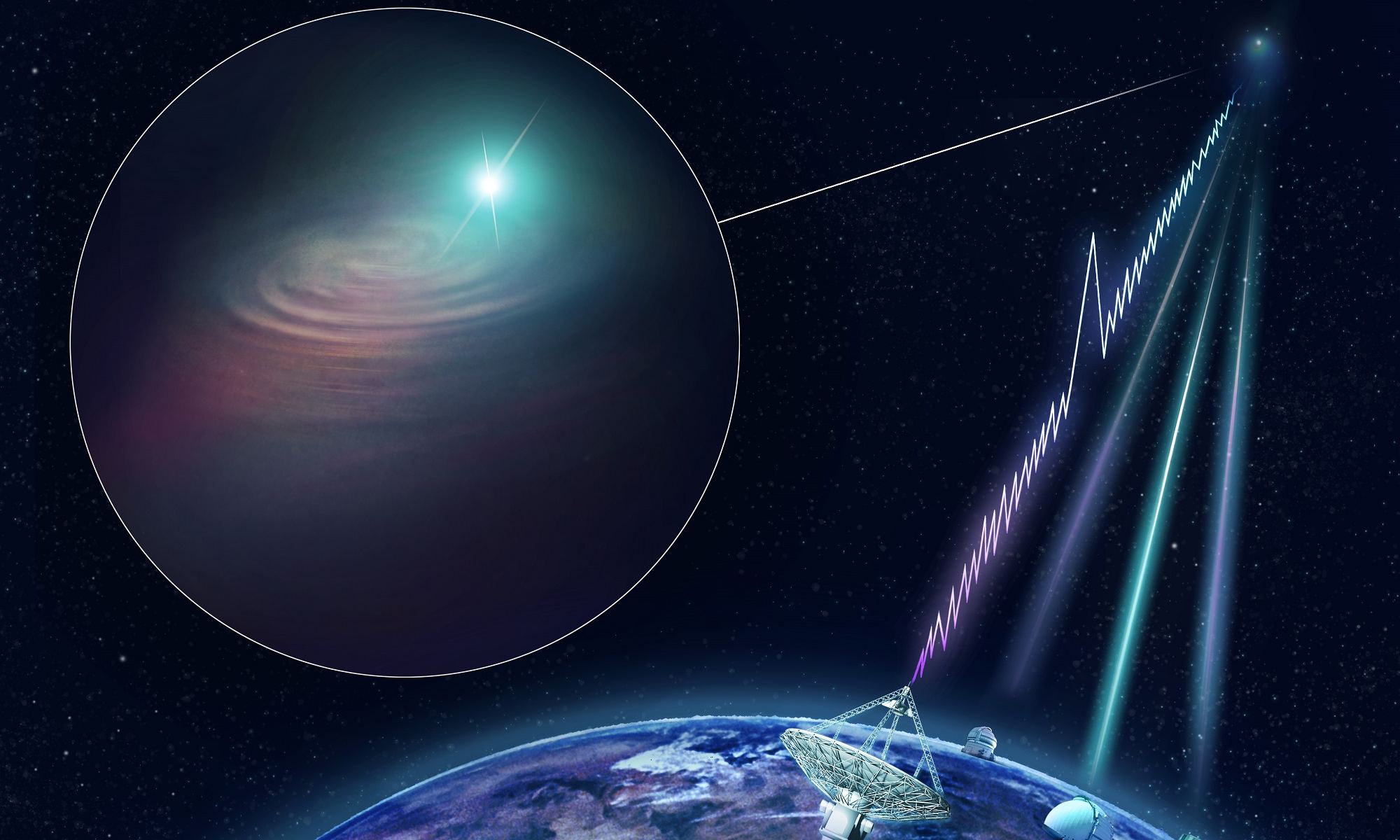On Nov. 16th, 1974, the most powerful signal ever beamed into space was broadcast from the Arecibo Radio Telescope in Peurto Rico. Designed by famed SETI researcher Frank Drake (creator of the Drake Equation) and famed science communicator Carl Sagan, the broadcast was intended to demonstrate humanity’s level of technological achievement. Forty-eight years later, the Arecibo Message remains the most well-known attempt to Message Extraterrestrial Intelligence (METI).
To mark the occasion, an international team made of researchers led by Jonathan H. Jiang of NASA’s Jet Propulsion Laboratory has come up with a new signal! Known as The Beacon in the Galaxy (BITG) message, this updated signal combines aspects of the original Arecibo Message with every METI attempt made to date – like the Pioneer Plaques, the Voyager Golden Records, and the Evpatoria Transmission Messages (ETMs).
Continue reading “Astronomers Come up With a New Message to let the Aliens Know we’re Here”
